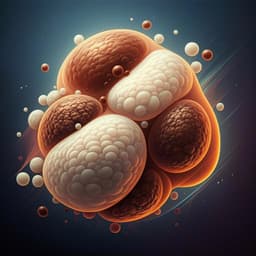
Chemistry
Formation of H<sub>3</sub><sup>+</sup> from ethane dication induced by electron impact
Y. Zhang, B. Ren, et al.
This study delves into the dynamic formation of H3+ from ethane dication through groundbreaking experiments and theoretical analyses conducted by Yu Zhang and colleagues. Discover how electron impact ionization leads to fascinating reaction pathways and varying formation times!
Playback language: English
Related Publications
Explore these studies to deepen your understanding of the subject.







